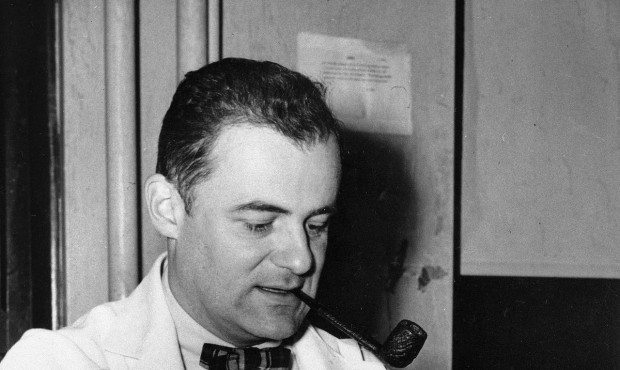Japan planned review of tsunami risk, but too late
Feb 15, 2012, 8:11 AM
Associated Press
TOKYO (AP) – Four days before a tsunami devastated a Japanese nuclear plant, its operator promised a fuller assessment of the risk of such a disaster _ but not for seven months.
The disclosure in a three-page briefing paper obtained by The Associated Press raises questions about whether the utility and regulators were too complacent about studies that suggested a tsunami could overwhelm the defenses at the 40-year-old Fukushima Dai-ichi plant.
It also highlights Japan’s slow pace of decision-making on an issue that experts had been warning about for at least 20 months.
“If they had made the decision earlier, then they could have been prepared on March 11,” said Hideyuki Hirakawa, an Osaka University expert on governance and the sciences. “There is absolutely nothing you can do in four days.”
On March 11, 2011, a 9.0-magnitude offshore earthquake triggered a tsunami that killed about 19,000 people along Japan’s northeastern coast. The surge of water knocked out power at the coastal Fukushima plant, leading to the worst nuclear disaster since Chernobyl. Tens of thousands have had to leave the area, and it’s unclear whether some will ever be able to move back.
Tokyo Electric Power Co. presented the briefing paper, stamped “handle with care,” at a meeting with Japan’s Nuclear and Industrial Safety Agency on March 7. The agency released the document to the AP under a public records request.
The paper summarized studies that suggested a tsunami as high as 33 feet (10 meters) might hit the plant, much higher than the 20-foot (six-meter) surge it had been designed to withstand. The actual tsunami was even higher: 45 feet (14 meters).
TEPCO, as the Tokyo-based utility is commonly known, said it would review tsunami preparedness at all its plants by mid-April and present a new assessment of the Fukushima plant by October _ dates listed on the bottom of the first page under “plans for the future.”
Masaru Kobayashi, who heads the agency’s earthquake-safety section, said he saw the estimates for the first time at the March 7 meeting. “I told them that a speedy response was necessary, if these numbers are true,” he said.
But TEPCO spokeswoman Ai Tanaka noted that the government did not order any immediate action. “None of the findings were conclusive,” she added.
The report cited 2010 research at the government’s National Institute of Advanced Industrial Science and Technology as saying that two to three more years would be needed to reassess the tsunami risks for northeastern Japan.
However the researcher, Yuichi Namegaya, told the AP that while more time was needed to determine the extent of the risk, the danger was evident. “The studies on a Fukushima tsunami were clear, even before my research,” he said.
As early as June 2009, Yukinobu Okamura, a tsunami expert at the same government institute, warned about the need to look more closely at new evidence that a major tsunami called Jogan had hit northeastern Japan in the 9th Century.
“I would like to ask why you have not touched on this at all,” Okamura demanded of a panel on nuclear regulatory policy. “I find it unacceptable.”
Kobayashi, the regulator, said he called for the March 7 meeting after hearing about research on the Jogan tsunami.
He described the meeting as a polite, perfunctory affair at his agency that lasted 30, maybe 40, minutes.
The document included three diagrams. One was TEPCO’s estimate of the maximum tsunami risk, based on 2002 guidelines from the Japan Society of Civil Engineers that were the government-approved standards. The other two were more recent academic projections that suggested the possibility of the higher tsunami.
Kobayashi recalled the meeting after the March 11 tsunami. “The numbers I saw were bigger than what we had earlier assessed,” he said. “It had happened, and I felt bad.”
___
Follow Yuri Kageyama at
http://twitter.com/yurikageyama
(Copyright 2012 The Associated Press. All rights reserved. This material may not be published, broadcast, rewritten or redistributed.)








